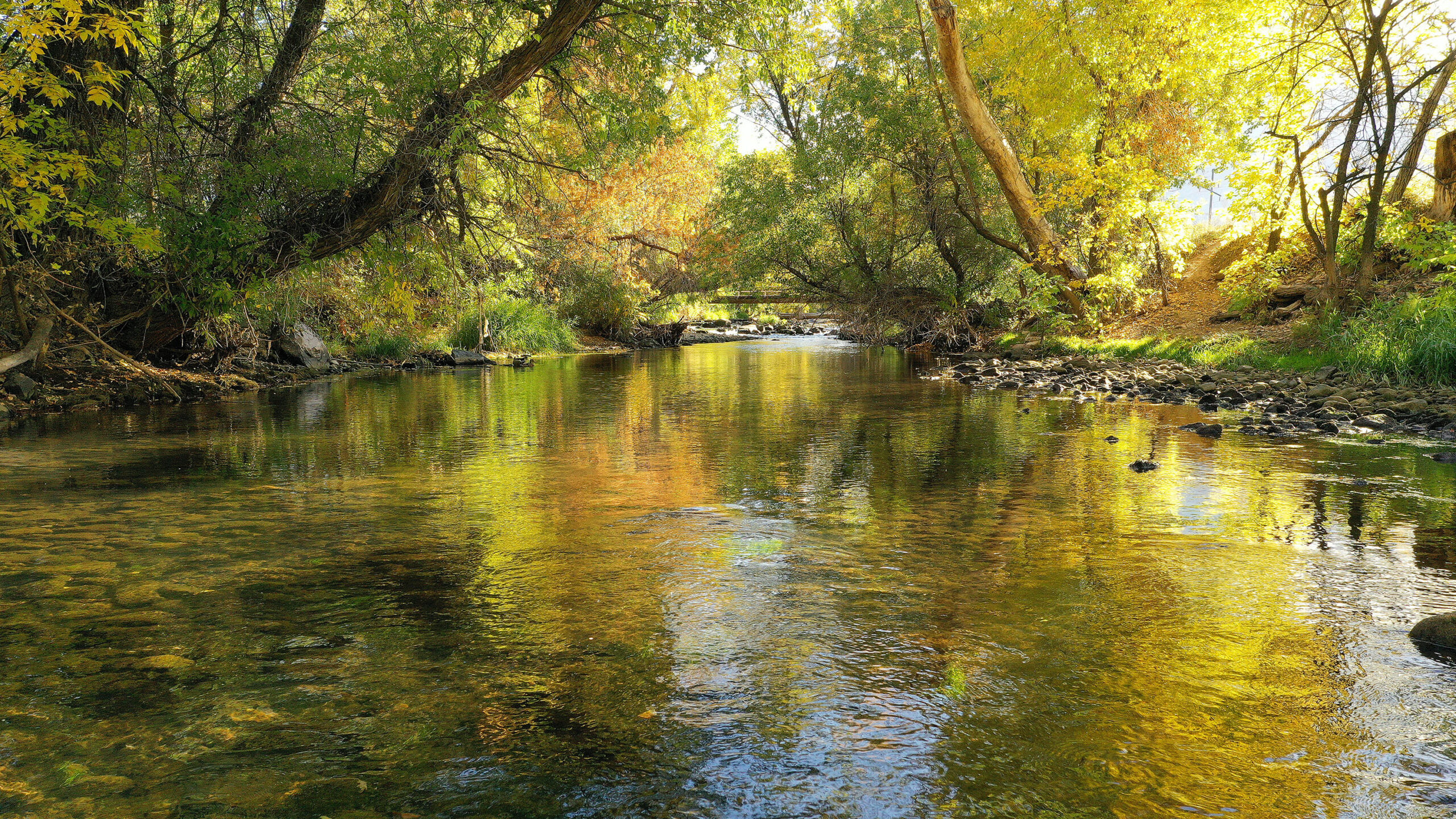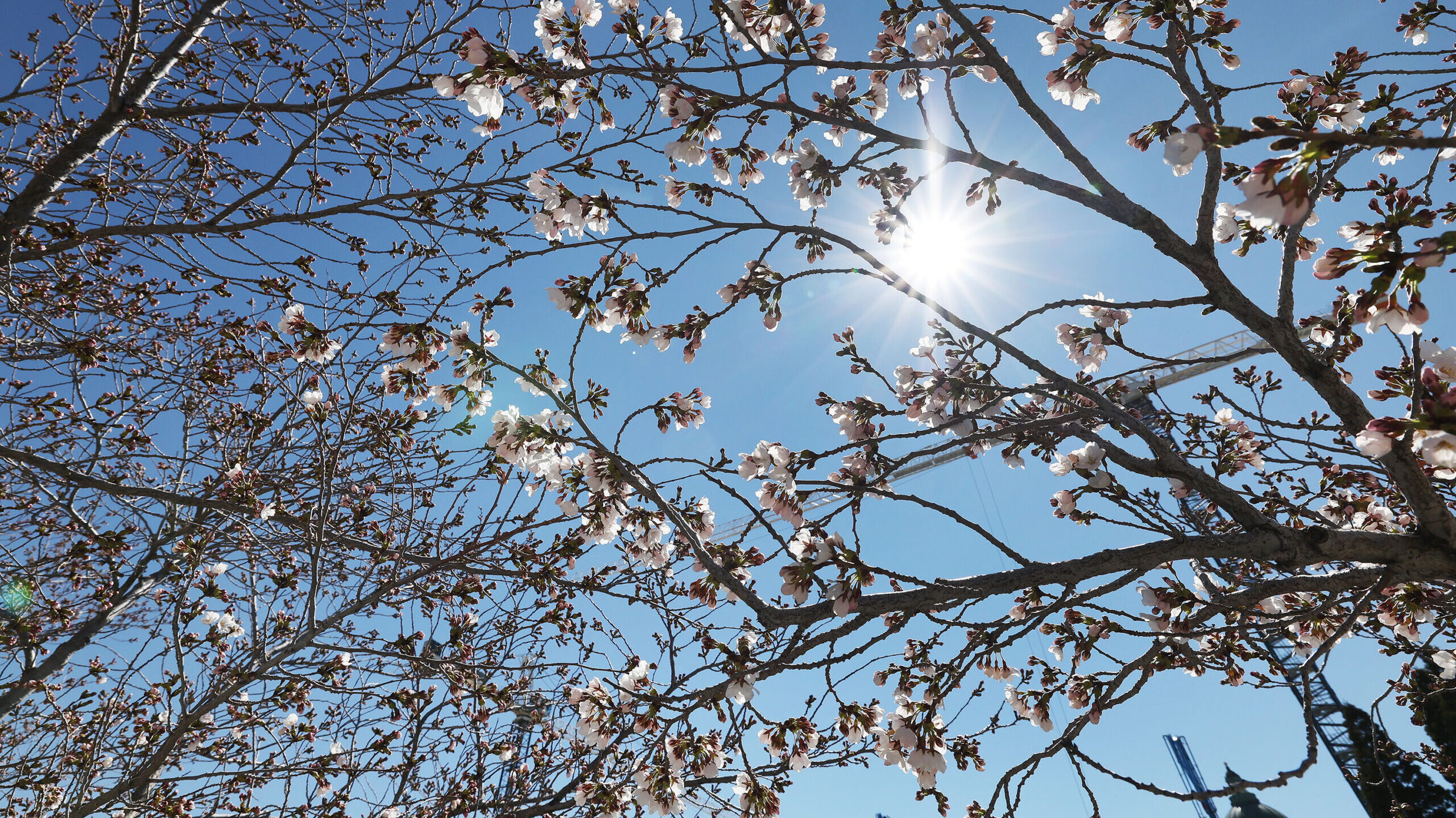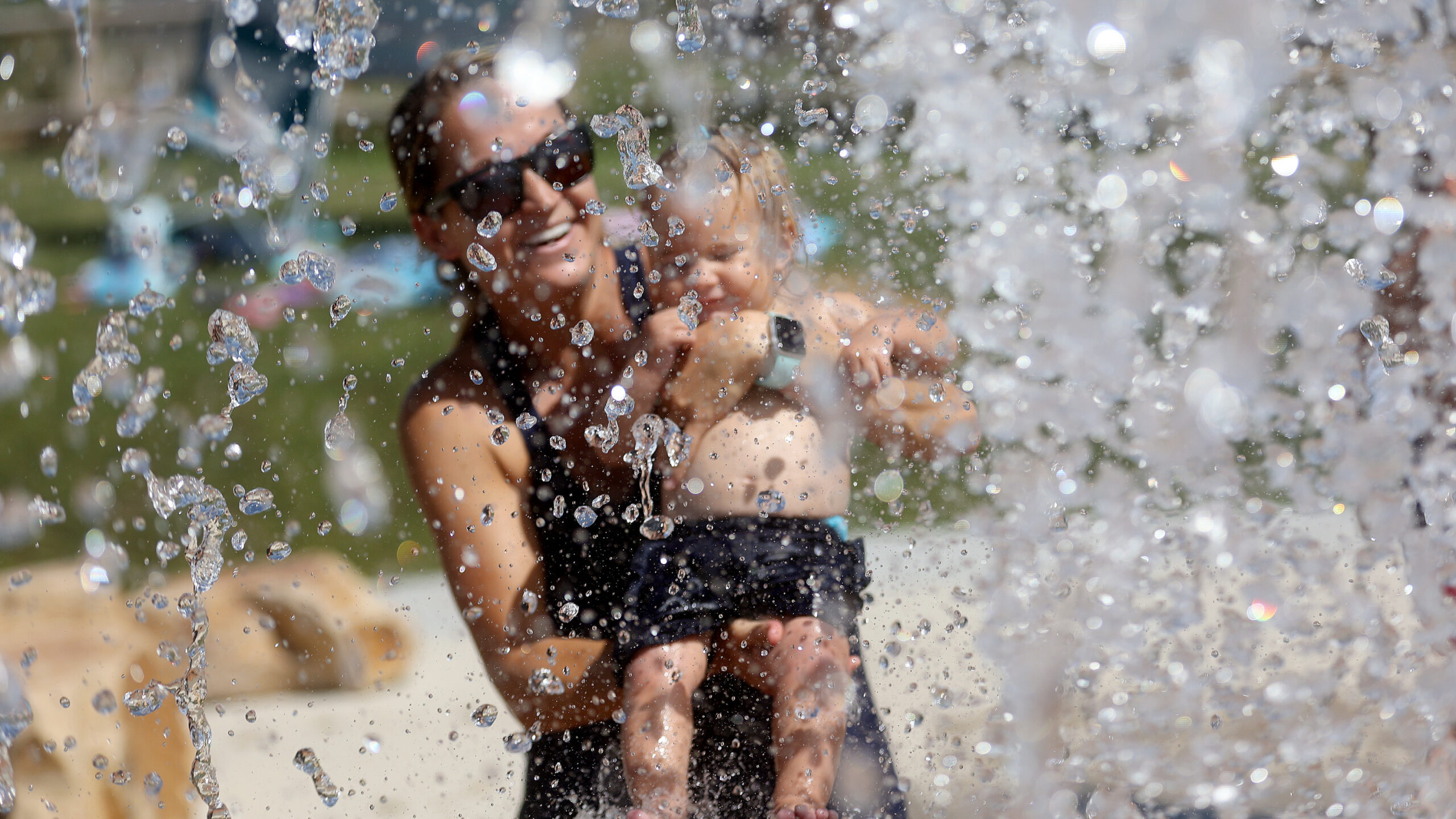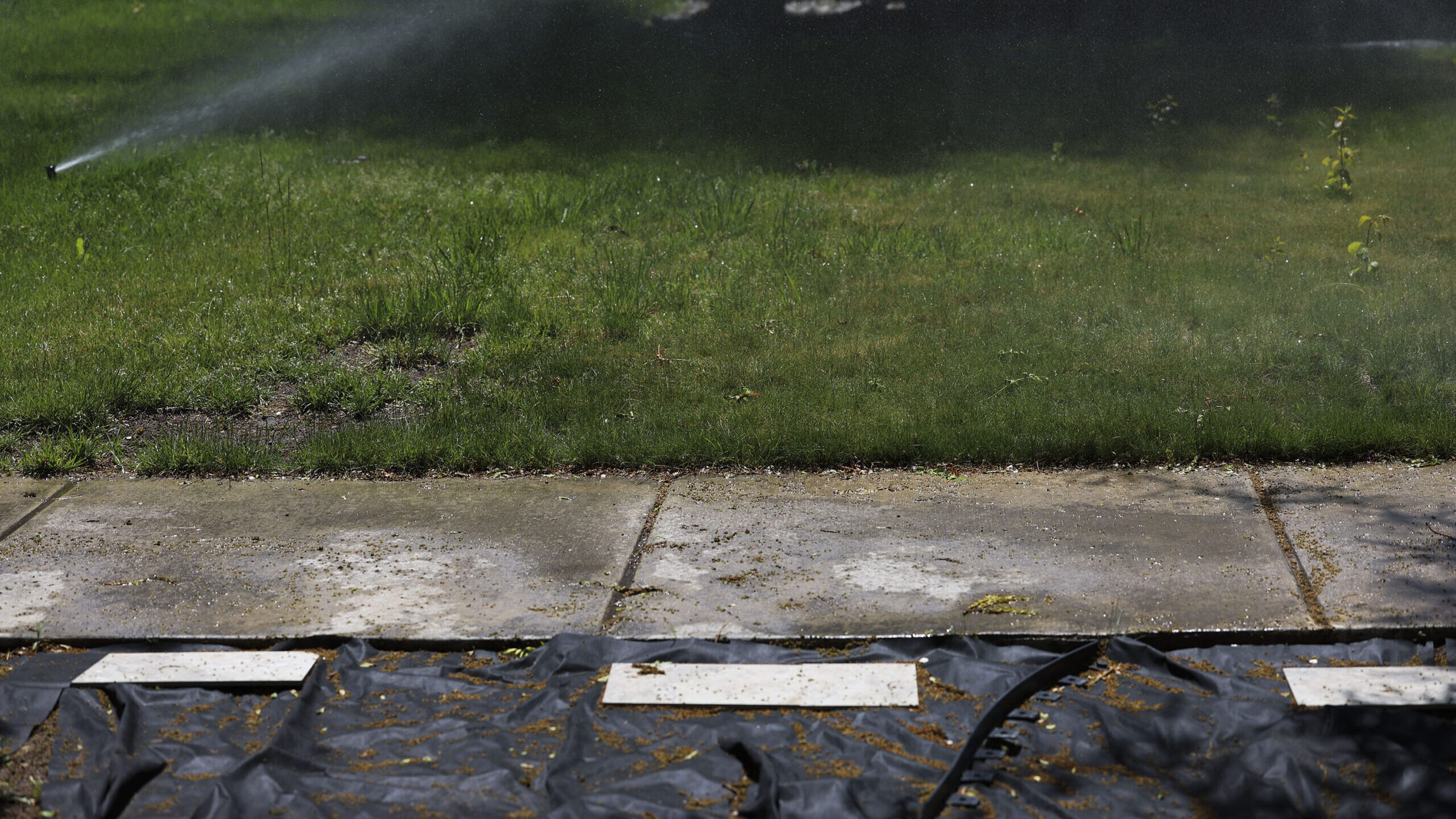How do forecasters determine avalanche risk?
Dec 6, 2022, 10:00 AM
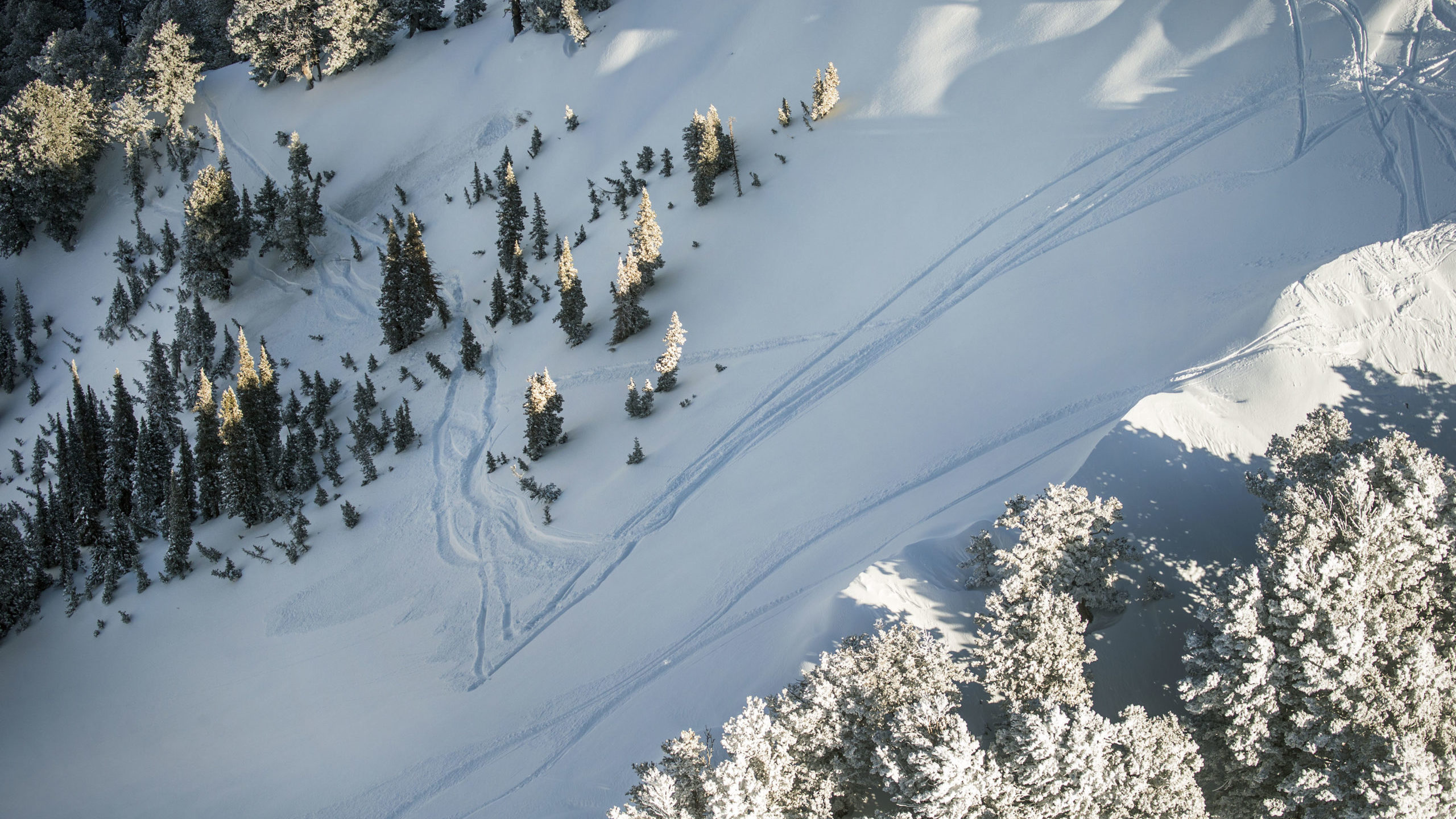
Avalanche forecasters in Utah work with the National Weather Service to determine avalanche risk each day. The Utah Avalance Center says the mountains of northern Utah are currently high risk for an avalanche. Scott G Winterton/Deseret News)
SALT LAKE CITY — It’s Utah Avalanche Awareness Week and avalanche forecasters are at work checking out what the current conditions are in the state. Forecasters said that determining the avalanche risk for each day takes on-the-ground observations and teamwork.
The predictions are a joint effort between avalanche forecasters and meteorologists.
How officials determine avalanche risk
The first step for forecasters is getting on-the-ground information. Forecasters go out to the snow, check out the current weather conditions and dig a snow pit.
“A snow pit is when you dig, typically all the way to the ground, to get an idea of what the layers of that snowpack looks like. You think of like a birthday layer cake, and if you have powdered sugar with a bunch of cream cheese frosting on top of it, you’re going to have a big avalanche,” said Utah Avalanche Center Forecaster Dave Kelly.
Kelly said they then share their observations with the National Weather Service, which in turn shares weather forecasts.
Then, based on the observations and forecasts, officials can then determine the level of avalanche risk for any given day.
National Weather Service Meteorologist Michael Wessler said it’s a team effort.
“It goes both ways for us, we provide weather forecast information to the Avalanche Center. Which they then use to derive how that weather is going to impact the snowpack and impact the snow stability. But it also comes back to us, their observation of snow amounts, their observations of wind.”
Going out soon? Here’s what to know
Currently, the risk for avalanches is considerable in Logan, Ogden, Uintas, Salt Lake, Provo and Skyline. The risk is moderate in Moab.
Forecasters encouraged people to always prepare before heading to the backcountry and to check out the Know Before You Go website for avalanche resources.
Kelly said to expect the risk to stay elevated for the time being, thanks to the dry spell we had before these recent storms and the heavy southerly winds.



